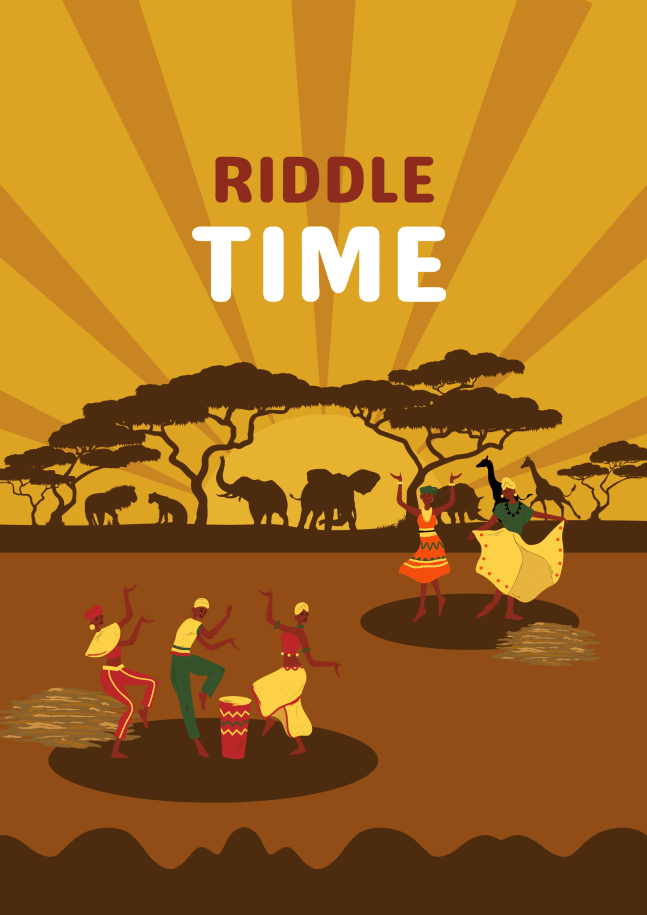The Tugen are a Nilotic community and a subgroup of the Kalenjin people alongside the Terik, Pokot, Nandi, Marakwet, Kipsigis, Sabaot, Ogiek and Keiyo. They live around Baringo and parts of Nakuru counties. According to oral traditions, they migrated from the north, west and east of their present settlement.
The bulk of the population originated from the west, a place known as Sumo, located between Mount Elgon and Cherangany Hills. The rest migrated from the north (Suguta, Lake Turkana) and the east (Koilegen, Mount Kenya), bringing along non-Kalenjin speaking people.
Language
They speak the Tugen language. It has about 200,000 speakers according to the 2019 population census and is closely related to Kipsigis and Nandi, being part of the Kalenjin dialect cluster.
Demographics
The Tugens are subdivided into two subgroups; the Highland Tugens, also known as South Tugen or Sammor and the North Tugen, also known as Arror.
Socio-political organization
Their social organization is centred on the age set or ibindo. There are seven age-sets (ibinwek), which are rotational, meaning at the end of one age set, new members of that generation are born.
The age-sets are; Chumo, sawe, korongoro, kipkoimet, kaplelach, kipnyigei and nyongi.In each age set, the initiates are assigned to a siritie or team. There are three teams, namely: Chongin, kapchepsuei and barnot (youth).
Some Kalenjins do have the Maina age set. However, this is extinct among the Turgen. Legend has it that the members of this ibindo were wiped out by the Keiyo, their cousins in war, near present-day Cheploch gorge. For fear of a recurrence, the community decided to retire the age set.
Ibindo was given at initiation, and by simple arrangements, there ought to be one ibindo between a father and a son. The women do not have an age set and can marry from any age set except their fathers'.
They have a saying: "ma tinyei ibin korko", which means a woman has no age set.
Most political action took place in the kokwet(political and judicial unit). Men and boys were traditionally involved in farm and herding activities, whereas women and girls performed nearly all of the domestic work involved in running a household.
Economic activity
The majority of them are primarily subsistence farmers. They cultivate crops such as maize and wheat and rear cattle, goats and sheep for food production.
Marriage
Traditionally, the girl and boy were considered ready for marriage once they had undergone the rite of circumcision. They were taught the ways of the community for about 6-8 months, after which the boys graduated into an age set.
The age set played a crucial role in helping the young men to bring women home. Upon graduating, the young men were referred to as Muren. It was the duty of the older age set (motiren) to train the young men.
The same teaching was done for young women by the older women, and it focused a lot on child care and maintaining family unity. They were also taught how to handle men and to participate in community functions such as marriage ceremonies and initiates graduation.
When a young man had identified a woman he desired to start a home with, the first step was to inform the father, who called some of his clansmen and close women to deliberate on the proposal.
After a thorough background check, an aunt of the young man was sent as an emissary to visit the girl's family to convey the intention. A date for dowry negotiations would then be set.
On the negotiation day, the young man’s family carried three big calabashes of traditional beer made from honey(Kipketin). To the Tugen, a child belongs to the community, and one does not negotiate for his own child’s dowry. It is the duty of the clan spokesman.
Dowry was always in the form of cattle. The groom was not present during dowry payment as he remained at home in preparation for his bride’s coming. Polygamy was permitted as long as the man was able to pay the dowry.
Birth
Women who had not given birth wore belts with one row of cowries, and a second row of the cowries was added when one became a mother. A new grandmother would wear a belt with three rows, and a great grandmother would wear four.
If the great grandmother passes on, sometimes the fourth row of cowries was added to her old belt, passed on to her eldest son and kept in his lineage.
Religion
Traditionally, like other Kalenjin people, the Tugen prayed to a God called Asis (which means sun.) There were also other gods, namely Chepapkoyo(god of harvest) and Cheptengeryan (god of love). Most Turgen have, however, converted to Christianity and Islam.
Notable People
Some of the notable people from the Turgen community include Kenya's second president Daniel Arap Moi, Benjamin Chesire Cheboi, the first governor of Baringo County and world Marathon champion Paul Tergat.
Additional Resources
Marriage preparation and steps in the Tugen sub-tribe of the Kalenjin
Fedders A, Salvadori C. Peoples and Cultures of Kenya. Nairobi: Transafrica and London: Rex Collings, 1980.
Join the Lughayangu Community!

